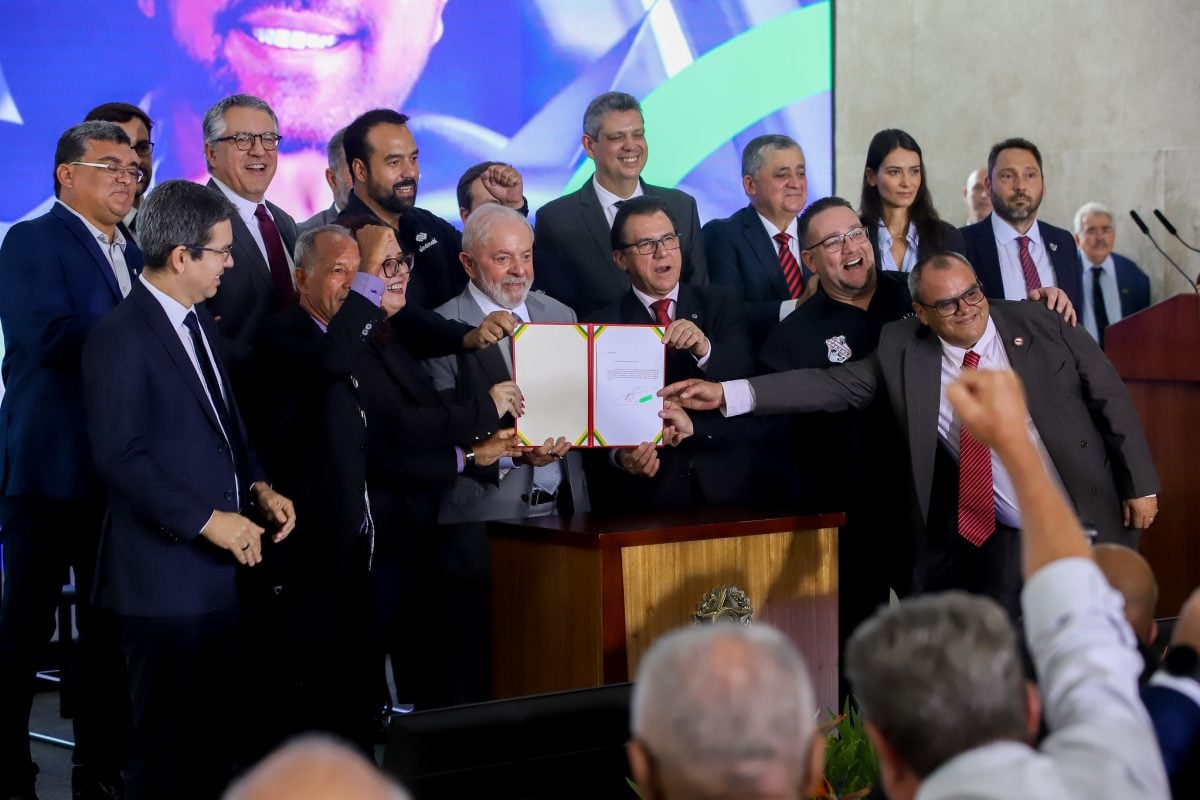President Lula (PT) sent to Congress this Monday 4 an urgent bill that regulates the work of app-based drivers in four-wheeled vehicles. Now, deputies and senators have 45 days each to analyze the proposal.
Applications such as Rappi and Ifood, which work with food delivery, were left out of the project. The expectation is that the Ministry of Labor and Employment will begin rounds of negotiations with these companies in the coming months, with the aim of reaching an agreement on workers in the segment.
New work rules
In practice, the text recognizes drivers as self-employed, introducing the new category of “self-employed platform worker”. Still according to the proposal, the maximum working hours diary on a single platform is limited to 12 hours. To qualify for the category’s minimum wage, drivers must complete a minimum charge of 8 hours of work per day.
If approved, professionals who work with Uber and 99 will receive a minimum amount per hour workedin addition to making the contribution to INSS. Even if there is no employment relationship between the driver and the company, the proposal ensures that workers have the right to Social Security benefits.
If approved, the proposal ensures that drivers will receive approximately 24 reais for each hour of effective work. This amount will be paid as compensation designed to cover work-related expenses, including cell phone use, fuel, vehicle maintenance, insurance and taxes.
Benefits and rights
Application drivers, according to the project, will have the guarantee of receiving at least 8 reais per hour worked. The companies must pay a 20% rate to INSS (the remainder, 7.5%, will be paid by the workers). The federal government estimates that the regulation could have an impact of 280 million reais on public revenue.
The text also determines that female drivers will be eligible for Maternity Benefit benefits offered by the INSS.
The text also guarantees more transparency for drivers, promising the delivery of monthly reports that will include information on hours worked, total earnings, points, as well as any suspensions or exclusions. Furthermore, it establishes that the exclusion of drivers by companies can only occur in justified situations, such as fraud, abuse or inappropriate use of the platform, guaranteeing drivers the right to contest.
Context and perspectives
Initially, the federal government intended to classify workers into three categories, one of which was based on the CLT, the Consolidation of Labor Laws. The project was built based on discussions held in the working group made up of representatives of workers, companies and trade unions.
During a ceremony at Palácio do Planalto, Lula said he considers that the project represents the conception of a “new child” in the world of work. He also indicated that the government intends to negotiate with banks the creation of credit lines aimed at application workers.
Data released by the Brazilian Institute of Geography and Statistics showed that in 2022 Brazil had at least 1.5 million application workers. Of this total, more than 50% worked in passenger transport – the monthly income of this group that year was 2,454 reais.
